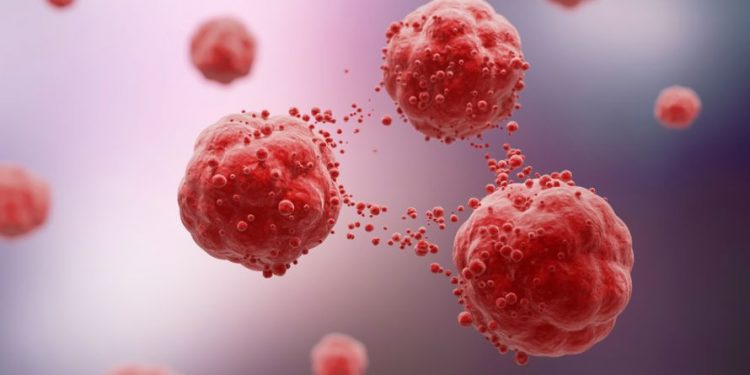Prostate cancer is when abnormal cells grow in the prostate gland and take over normal prostate cells. They can also grow into other areas of the body. Some of these abnormal growths, called tumors, are not cancerous (benign).
Prostatic adenocarcinoma is a type of cancer in the prostate. It is not as common as benign prostatic hyperplasia or prostate cancer that spreads to other areas of the body. It is harder to find than some other types of prostate cancer, but it is also a more serious type of cancer.
The most common way to diagnose prostatic adenocarcinoma in men is with a prostate biopsy. A biopsy is when doctors remove tissue from the prostate with a needle and look at it under a microscope to see if there are any cancer cells. A biopsy can be done by itself or with other tests. For example, a doctor may use a transrectal ultrasound or an MRI scan to guide the location of the biopsy. A pathologist, a doctor who studies cell samples, looks at the biopsy to find out if there is cancer and what kind of prostate cancer it is. The doctor will assign a number to the cancer, called a Gleason score. The lower the score, the less likely it is that the cancer will grow and spread.
A biopsy may also help determine if the cancer is ductal or acinar. This is important because different treatments are used for these two types of cancer.

Ductal adenocarcinoma is usually characterized by pseudostratified columnar epithelium with papillary or cribriform architectures and may be accompanied by central necrosis, while acinar adenocarcinoma consists of small round crowded glands lined by a single layer of cuboidal cells. The two subtypes of prostatic adenocarcinoma coexist in a significant proportion of cases.
If the biopsy shows that you have prostatic adenocarcinoma, your doctor will talk with you about what treatment options are best. Your options include active surveillance, surgery and radiation therapy. With active surveillance, you will have regular PSA tests and your doctor will check your prostate for changes. If the test results show that your cancer has grown or if you have symptoms, you will have further treatment.
Radiation therapy uses high-energy rays to kill cancer cells and stop them from growing. Your health care team will carefully plan your doses to limit the amount of radiation that goes to healthy tissues like the bladder and rectum. They might use three-dimensional conformal radiotherapy (3DCRT), proton beam therapy or stereotactic body radiation therapy (SBRT).
Some men with prostate cancer have side effects that affect their quality of life, such as urination problems or trouble having an erection. If these side effects are bothering you, tell your health care provider. They might be able to recommend ways to manage the problems or refer you to a counselor for support.









